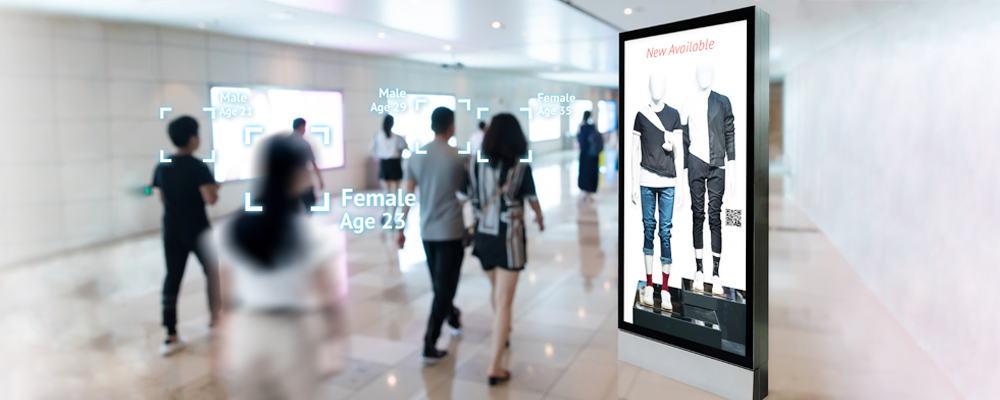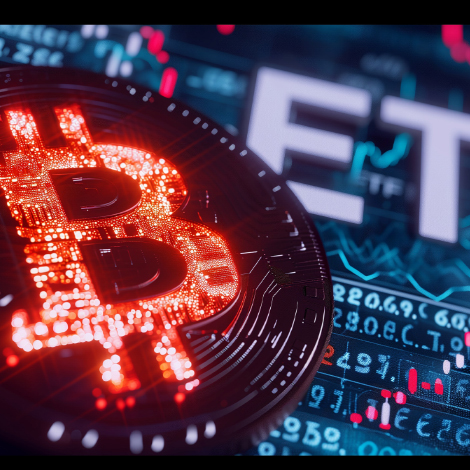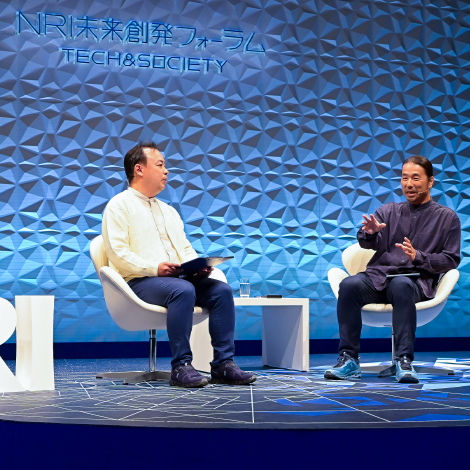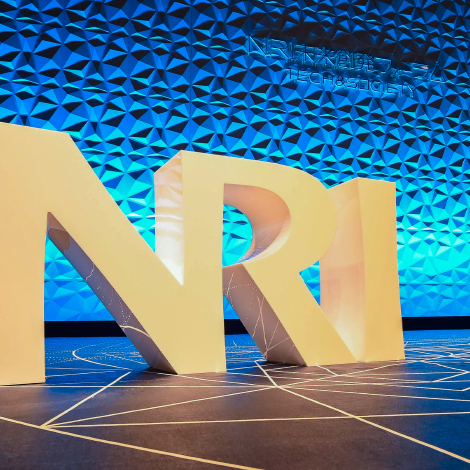Changing Advertising with Data (Part 2) –The Belief Behind the Launch of the New Business “Insight Signal”
Jan. 14, 2021
“Insight Signal” is a service that scientifically measures advertising effectiveness using single source data*. Created in 2007, it is now being used by more than 200 companies as a tool to support marketing strategies. Takao Matsumoto of Nomura Research Institute (NRI), who launched the service, had a strong desire to “change advertising with data.” In this two-part article, we asked him about how the Insight Signal service came to be.
previous page : Changing Advertising with Data (Part 1)
“Customer trust” gained from the distribution and collection of 5,000 scanners

There are now many customers using the service, but the business didn’t get on the right track immediately. It was necessary to carry out activities to convey that Insight Signal is a service that will impact advertising operations.
“It was necessary to first reaffirm to our customers that the evaluation of advertisements can be quantified and that PDCA cycles can be used. Therefore, in addition to obtaining business model patents, we conducted lectures, seminars, and events at places like advertising-related organizations, companies, and educational institutions, wrote media articles and the like, and disseminated the idea of data analysis.”
As one of these activities, NRI has sponsored “Marketing Analysis Contests” which started in 2007. Since then, the contest has been held every year, and it has now garnered an excellent reputation as a venue for many participants, mainly students, to compete in demonstrating their abilities. In 2017, NRI launched an awards program called the “Advertising Effectiveness Awards”, which judges the advertisements of different company from the perspective of advertising effectiveness. This activity is an initiative with unprecedented ideas and indicators, and it has made a splash in the advertising industry.
Meanwhile, for the purpose of collecting analysis data, a service that collected tens of thousands of receipts from the general public to automatically create household account books was also launched. However, Matsumoto says this ended in failure.
“We distributed 5,000 scanners to the general public to read receipts. We sent out the machines, taught people how to use them, collected them, and then shipped them to other people... We did a lot of grunt work, but in the end, the hurdles for preparing the collected data were high, and we couldn’t make it commercially viable.”
We also tried to develop a new app for creative research, obtaining responses through smartphone rentals, but this also seems to have been a failure.
“As of 2010, the penetration rate of smartphones was still around 10%. Considering profitability, it was a little too early. Setting up hundreds of iPhone 3Gs side by side is a good memory.”
But through repeated successes and failures like these, these activities and initiatives were gradually conveyed to customers.
“The continuous implementation of various activities through trial and error, which we now call the agile development method, has led us to gain the trust of our customers, and more and more companies are using NRI’s advertising effectiveness measurement service.”
How to gain insight into customers’ backgrounds and add value to data
In the past few years, the advertising industry has been using data more and more. Matsumoto thinks that the desire to change advertising he had when he joined NRI has now taken shape.
“Data interpretation is more important than ever. These days, there are more and more services that can easily collect massive amounts of data and process it statistically. The fact that competitors have emerged in this area is also evidence that data utilization is becoming more common in this domain, but why this number has changed is not a question that can be untangled overnight. It’s important to be interested in all kinds of phenomena, such as new products and services that appear one after another, movements among ordinary consumers, news, fads, and social trends, in order to understand the world. On top of that, I think it’s important to be able to gain insight into what analysis results customers really need and how to make useful suggestions.”
The strength of Insight Signal is that it has accumulated knowledge and experience in interpreting data. There are many companies today that provide data analysis services, but Matsumoto emphasizes that NRI’s strength lies in its ability to interpret the data.
“We convey the importance of listening to our customers to the younger members of the team. When we receive a request from one of our customers ‘We want to know about X this time,’ we make sure that the young members don’t just capture the face value of the customer’s words, but instead have a proper insight into the true meaning behind them. Taking into account the developments in the world, we build a hypothesis considering the possible background involved, and present our own analysis too. If our way of thinking captures the true intentions of the other party, the customer will be very pleased that we ‘did take notice’, and even if we don’t hit the nail on the head, the reason for the deviation will contribute to our accumulated knowledge and cultivate deeper trust because we ‘thought about it that much.’”
Regarding future efforts, Matsumoto says “The number one goal is to create a common index in the advertising industry and make it a de facto standard. Ideally, everyone will say ‘If you’re talking about advertising effectiveness, the NRI X index is the way to go.’ NRI is good at solving problems one by one in a straightforward manner, but it lags behind foreign-affiliated consulting firms in terms of creating indexes and frameworks and spreading them.”
“For that reason, we are researching various indicators and presentation methods, and we are receiving opinions directly from customers at seminars and the like. In addition, in response to the analysis of consumer behavior in the Covid-19 crisis, even now we are creating our own reports and sending them out to about 5,000 people every week. We are currently analyzing the opinions and reactions to these reports.”
Perhaps the “adoption of new indexes” will be realized when such activities function as new feasibility studies and the conclusions become visible.
-
*
Single source data: Asking the same person and collecting multiple media impressions and advertising behaviors from them before and after an advertisement is placed, and thereby making it possible to grasp the relationship between media impressions and purchasing activities.







